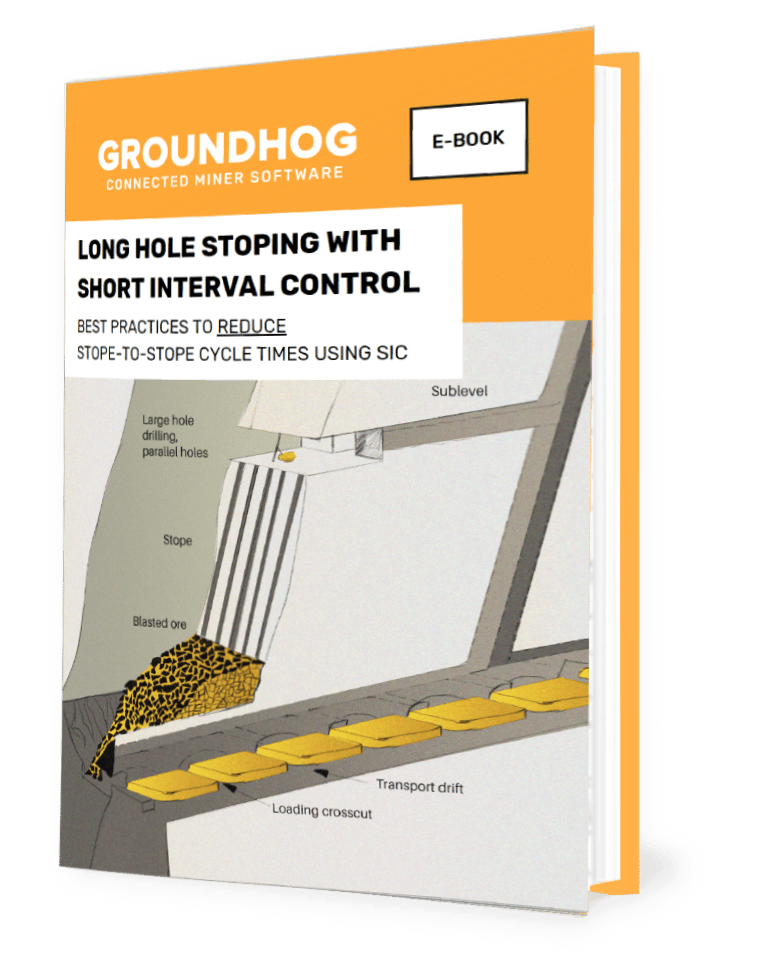Overall Equipment Effectiveness (OEE) is a well-known measurement method, used in the manufacturing industry, which combines availability, performance, and quality, for the evaluation of equipment effectiveness. As a result, measuring Overall Equipment Efficiency in underground mines is frequently becoming the best practice. OEE is the best-known metric for identifying losses, benchmarking progress, and improving the productivity of mining equipment (i.e., eliminating waste). Computerized Maintenance Management Software (CMMS in mine) has been proved an asset in improving OEE.

For instance, consider a conveyor that is used as a substitute for the primary conveyor. In case of requirement, the backup conveyor must operate effectively. Without a readily available online asset history, is it possible to identify any failure patterns with this conveyor? In such cases, a comprehensive CMMS can have a great positive impact on equipment availability and performance rate and, on the quality rate to some extent.
Key Areas where CMMS improves OEE:
1. CMMS reduces unplanned downtime and also minimizes repair time when unplanned downtime does occur. By using a CMMS, regular preventive maintenance (PM) can be scheduled at a time when it will not interfere with mining operations. Also, by conducting preventive maintenance, unwanted equipment breakdown can be avoided.
2. With preventive maintenance, the equipment can perform optimally because any small repairs can be done at the correct time. Similarly, by maintaining equipment regularly, unnecessary wear on equipment which could ultimately lead to equipment breakdown or failure can be avoided. In this way, computerized maintenance management software can help companies increase the lifespan of their equipment.
3. Fleet management is an essential feature in the mining industry. Since all assets and equipment are included in the CMMS’s database, automated work orders identifying the location and the part of equipment in need of repair or replacement can be performed with just a few taps/clicks. Work orders are then directly transmitted to the required source (i.e., maintenance or parts department, supplier, etc.). Therefore, it provides faster response time to critical work orders and ensures that the work order gets completed as it should.
4. A significant feature of CMMS is its capability to generate a wide range of reports. By analyzing the productivity reports of various operation locations, managers can determine the efficiency of equipment and its operators. The gathered information can assist managers, in assessing labor efficiency by repositioning/upgrading equipment, or updating operator training.
5. The mining industry is strictly regulated by safety standards considering the hazard risks related to its operations. CMMS holds all information regarding safety standards and procedures into its database. It also suggests managers when inspections need to be conducted. By adding these data, managers can feel confident that all equipment will be in a maintained condition and meet industry standards.
Conclusion:
The mining industry is a large and diverse sector with complex operational needs involving distinct infrastructure and equipment with rigorous safety standards. Efficiently handling these challenging operations is best suited to an automated maintenance management approach using a computerized maintenance management system. In conclusion, a CMMS software can be customized to meet the unique needs of a mining company. It also assists in increasing productivity, maintaining high safety standards, and achieving a greater return on investment (ROI).



